
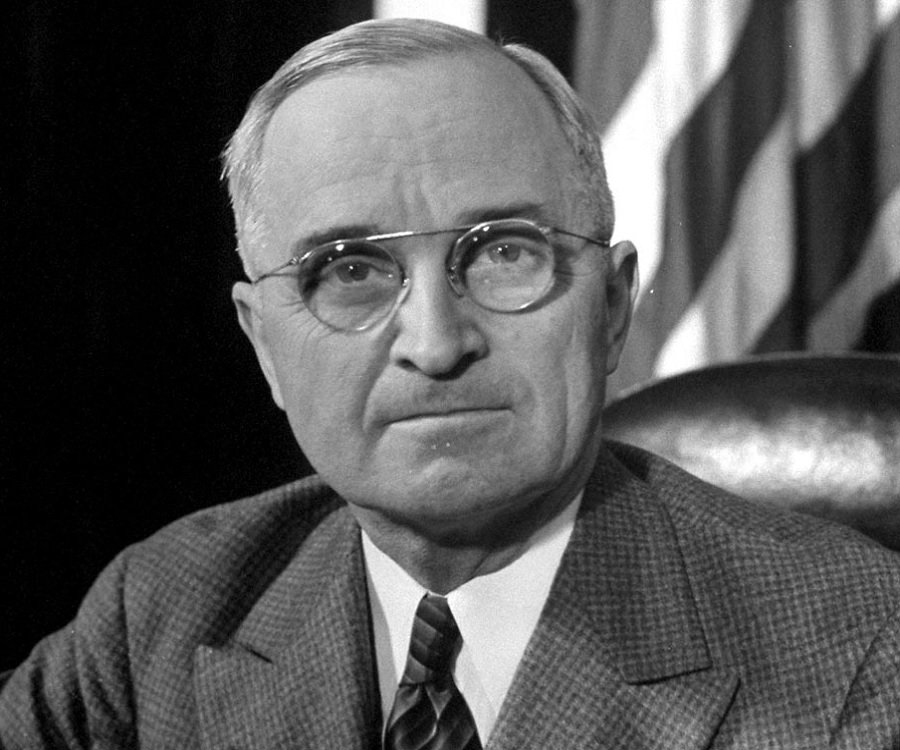
Raritan had been a part of Bridgewater Township since Raritan was first established in the mid-1700s.
But in 1948 Raritan voted to become a separate town.

It was much different than today. Within its borders Raritan had most everything that one needed. Except for going to work (if your job was even outside of town) there was little need to venture outside of Raritan.
There were all kinds of stores, taverns, social clubs, athletic and recreational facilities, and churches - all within walking distance.
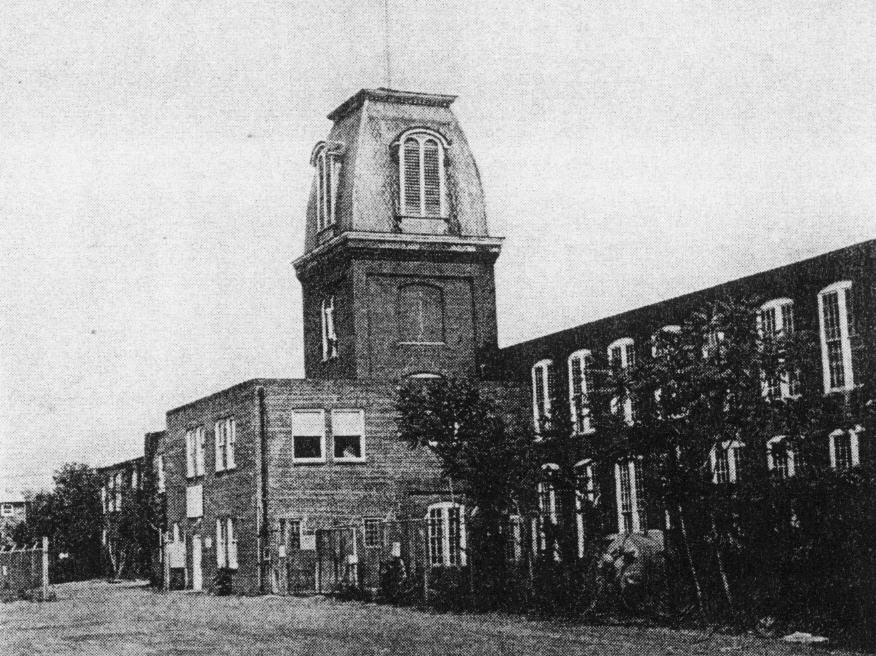
The largest employer within Raritan was the Raritan Woolen Mills which employed about 200 people. There were several other smaller factories in Raritan that employed dozens of people each. Along the river was the “Kenyon Machine Shop”, “The Supreme Fur Dresssing”, and “The Somerville Water Works”. Scattered around town was the “Treiber Dress Manufacturing” on Route 206, the “Van Schrader Shirt Factory” on Second Avenue, and the “Macaroni Factory” on First Avenue.
The Central Railroad employed many as well.
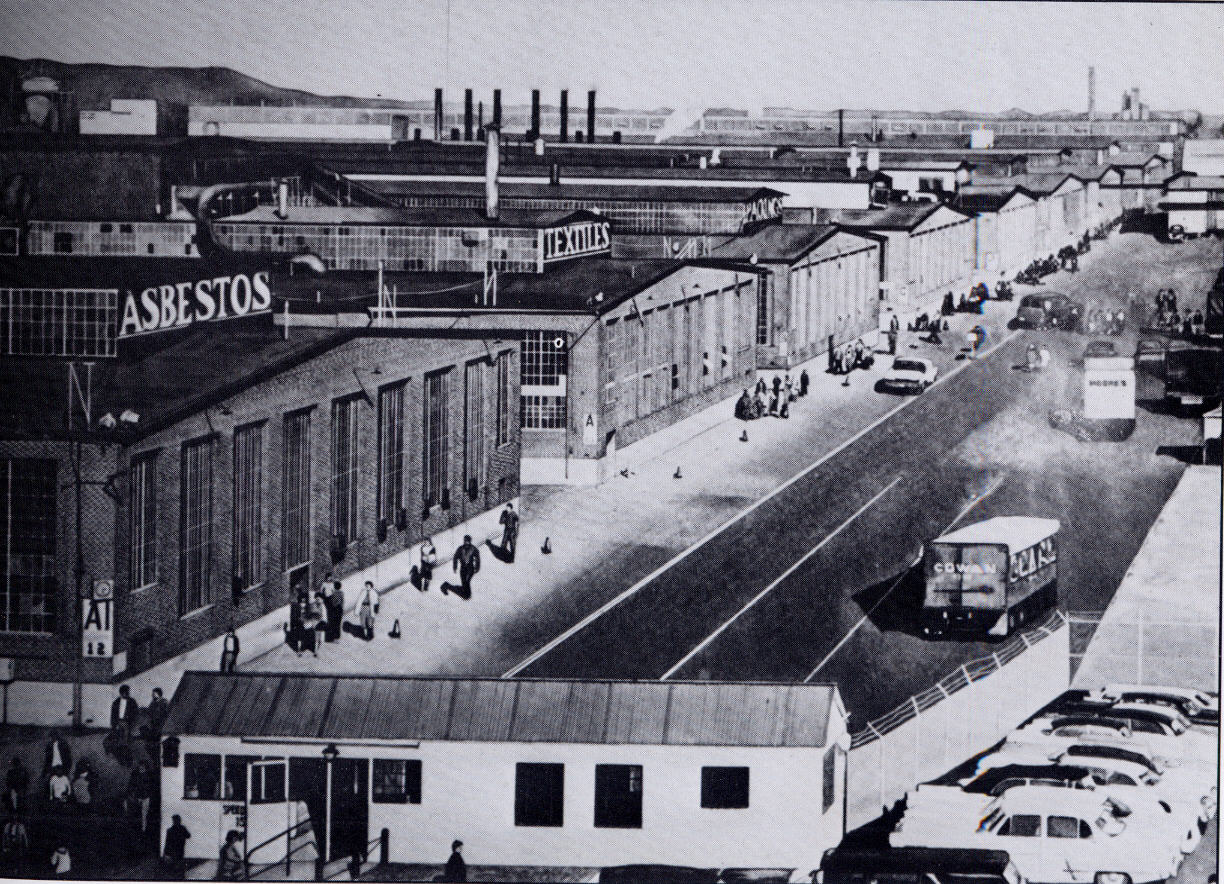
Buses went to The Johns Manville Facility in Manville. Trains would stop right in the middle of the large complex that was Calco Pharmaceuticals which was on the border of Bridgewater and Bound Brook.
Those who worked further away in Dunellen at “Art Color” also had convenient train access.
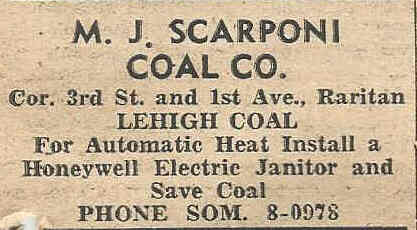
Each coal heated home had a coal bin which was like a small room in the basement. A window on the outside of the bottom of the house would allow the coal to be dumped right from the coal truck into the basement. Coal deliveries would be needed every few weeks.
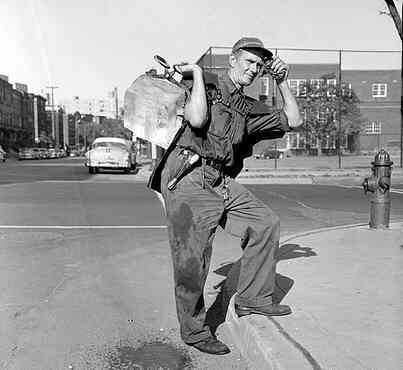
Almost every store in town was owned and operated by a Raritan resident. Many lived in the back or above their store. Most of the shoppers and the clerks knew each other quite well.
(file photo)

Parts of Anderson Street and Thompson Street were as busy as any main street.
Raritan had 15 “Mom and Pop” grocery stores scattered about town. All of these are now closed.
There were eight barber shops and five candy stores. To socialize over a few drinks there were 15 small taverns.
To obtain a mortgage two local banks - The Raritan Savings Bank and The Raritan State Bank - served the public.
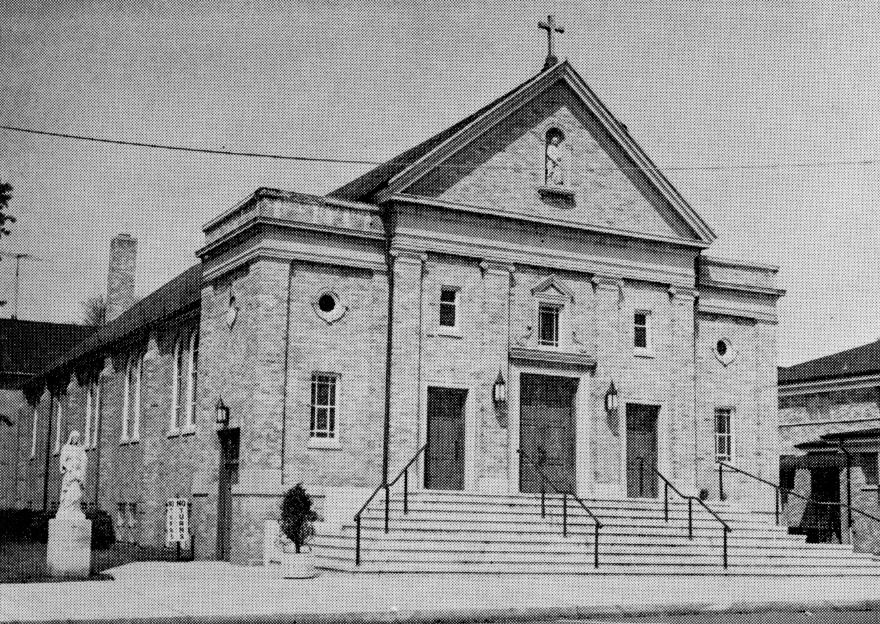
St. Bernard’s parish has since moved to Bridgewater. Their old church building is now the “Shrine of the Chapel of the Blessed”.
The Third Reformed Church shutdown and the building is now a Hindu Temple.

This was for supplies to be delivered from the train station to the factories and sometimes to the river for further transportation down the river.
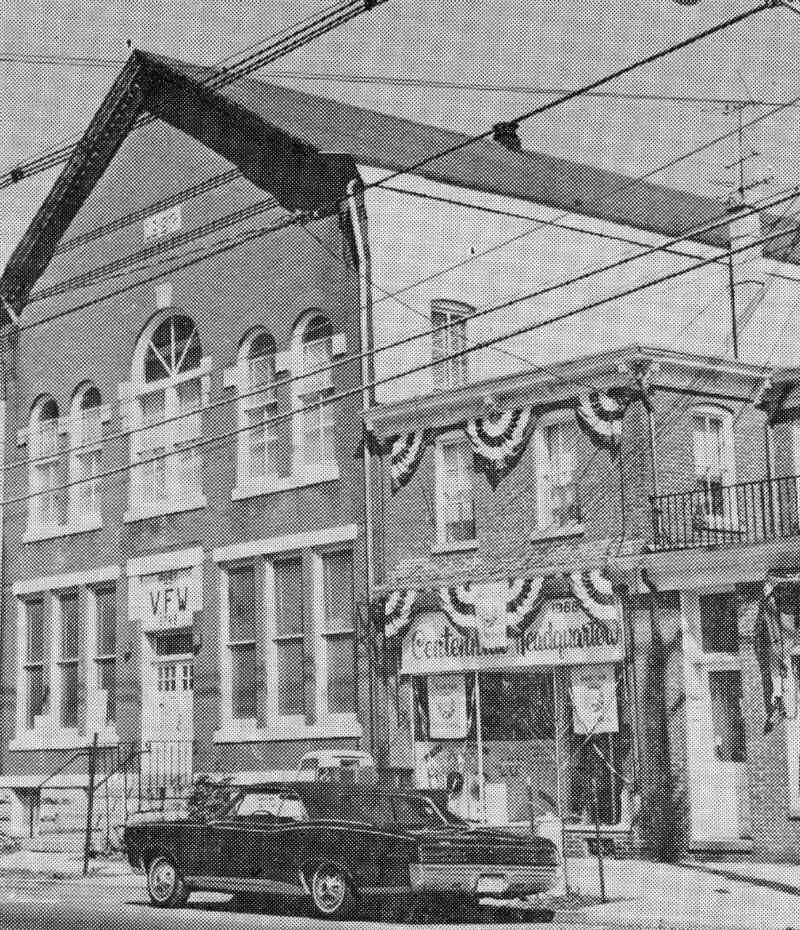
The “Star of Italy Mutual Aid Society” had their hall on Anderson Street where a parking lot for St. Ann’s is today. The “St. Rocco Society” used the upstairs at 23 Anderson Street. The hall for the “La Fratellanza Society” was on the north-east corner of First Avenue and Second Street. The hall for the “Marchigianni Society” was on Second Street.
The Veterans of Foreign Wars (VFW) had their hall on Somerset Street where the Italian Bakery is today.
These organizations were not just for social events as they sometimes provided assistance to families that fell on hard times or families that had just arrived in this country.

For that was the year that the Basilone Statue was unveiled.
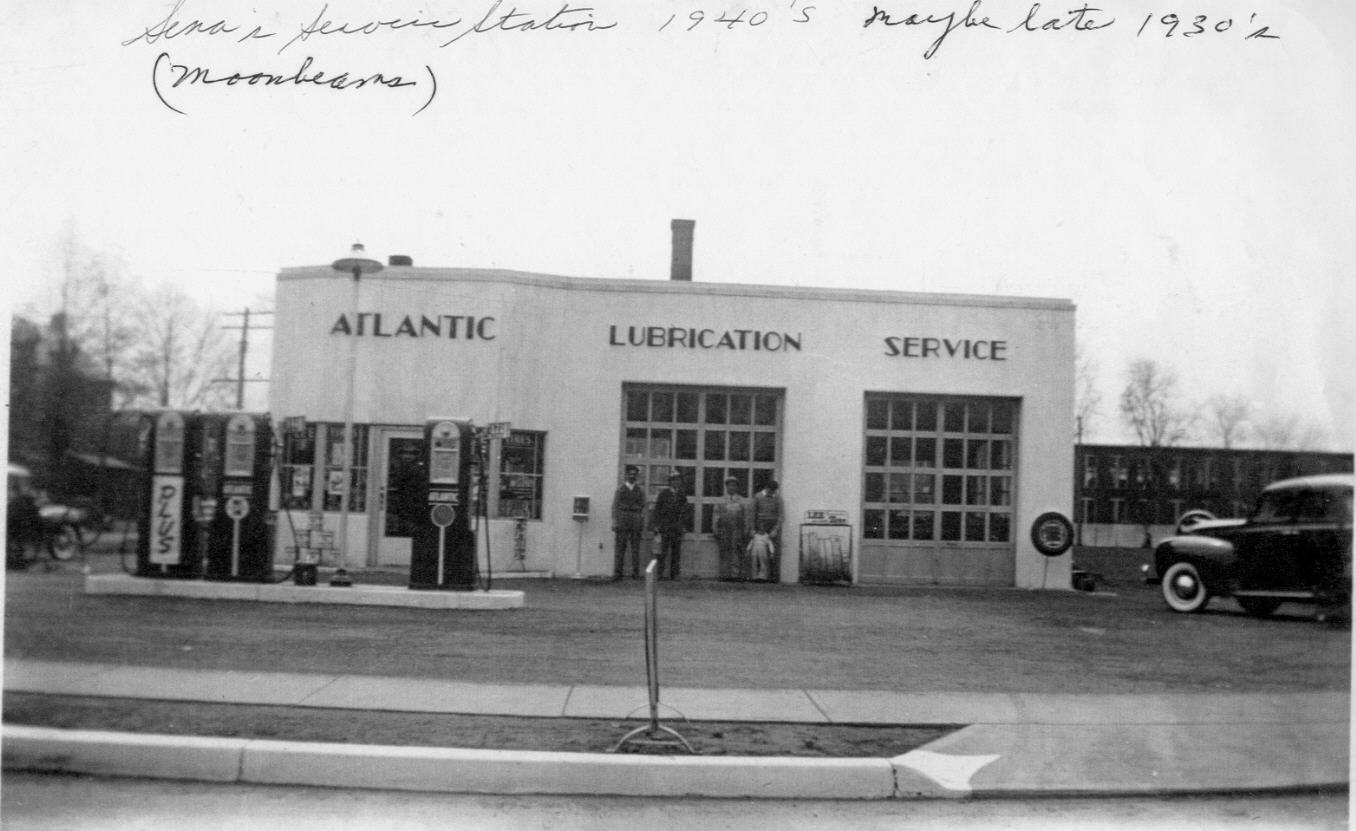
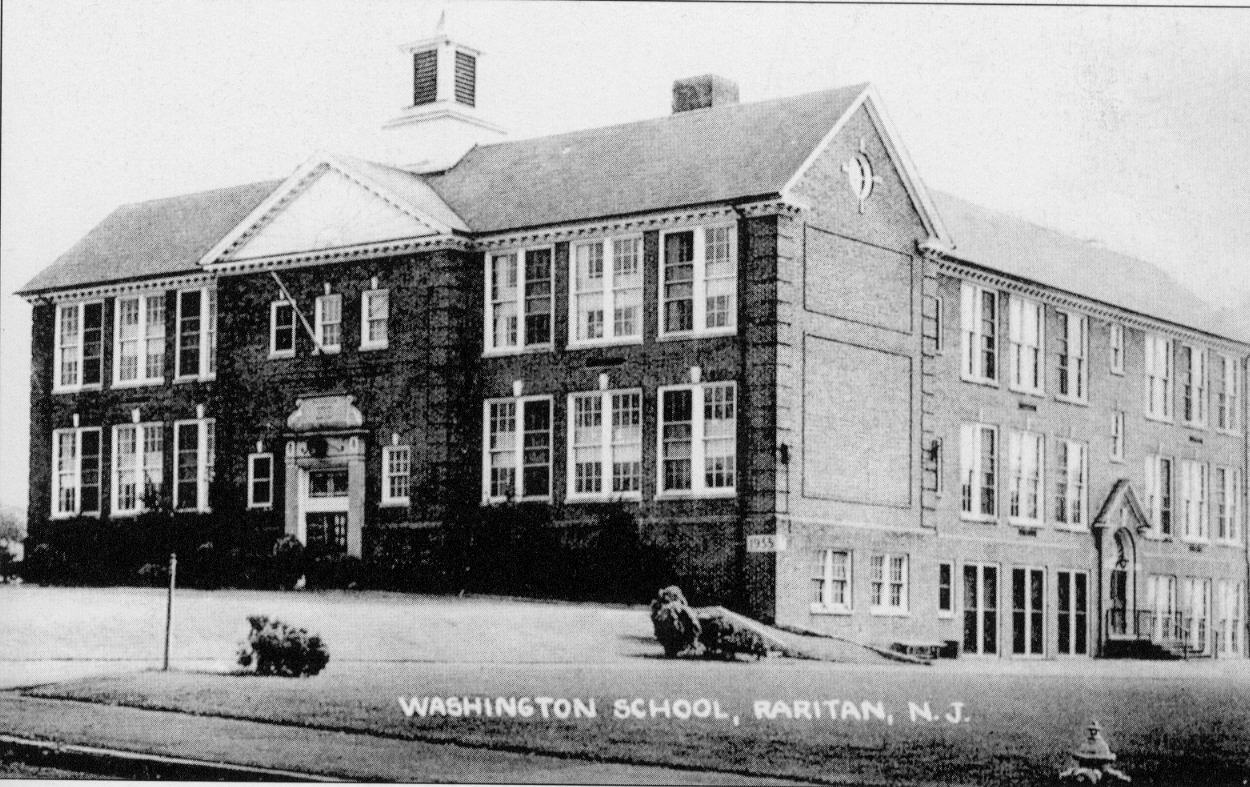
The gym at the Washington School was used in the evenings for adult basketball and volleyball leagues.
There were bowling leagues held in the basement of St. Joseph’s School.
A baseball field on Somerset Street, where the post office is today, was used extensively.
A movie theatre – The Raritan Playhouse – was at 23 Anderson Street.
The park on Sherman Avenue had a new kiddie pool.
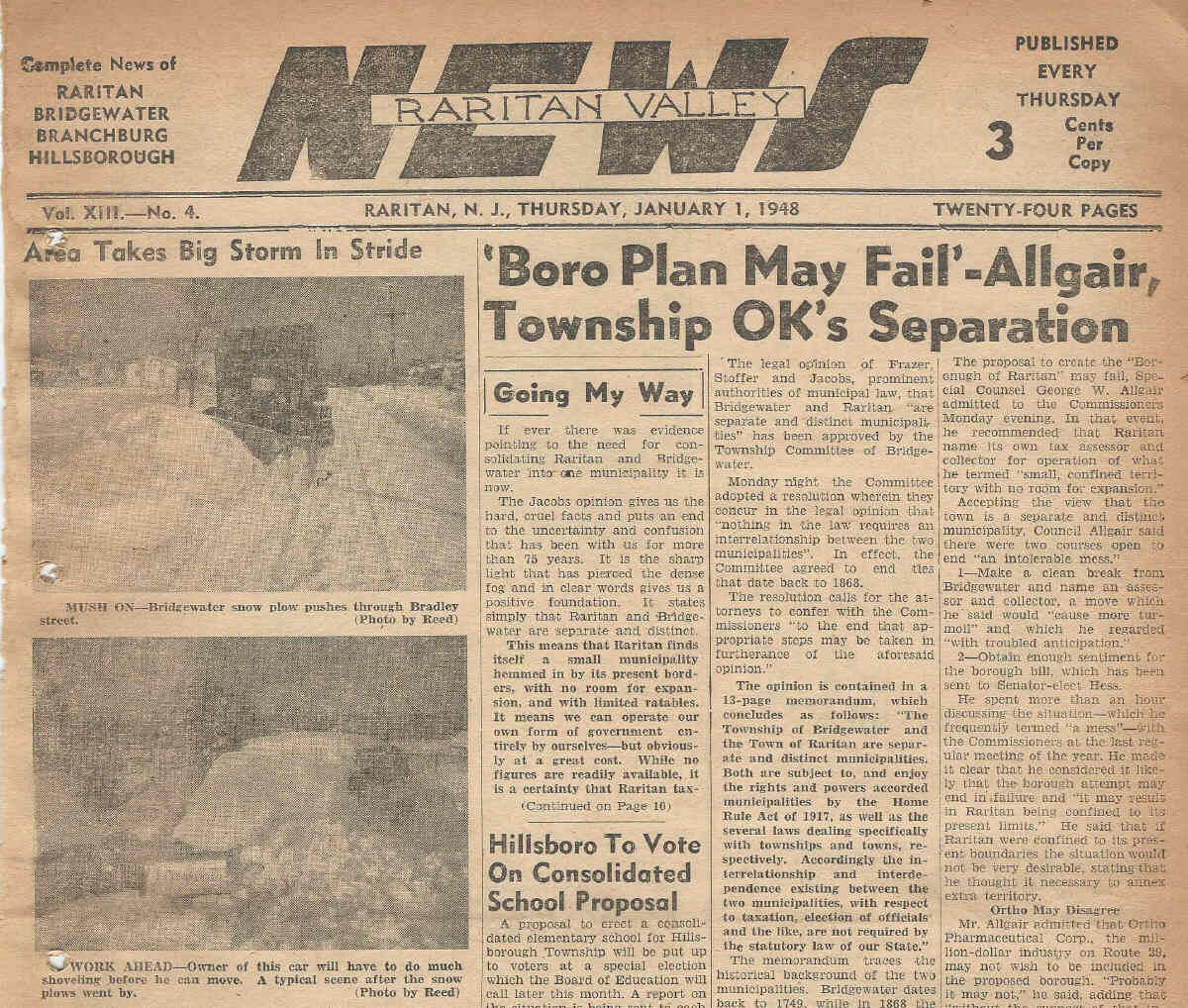
All of these newspapers from 1948 have survived and have recently been digitized. Some of them can now be viewed at the Raritan Library. These newspapers are a treasure to the historian as they show a detailed picture of what Raritan was like back then.